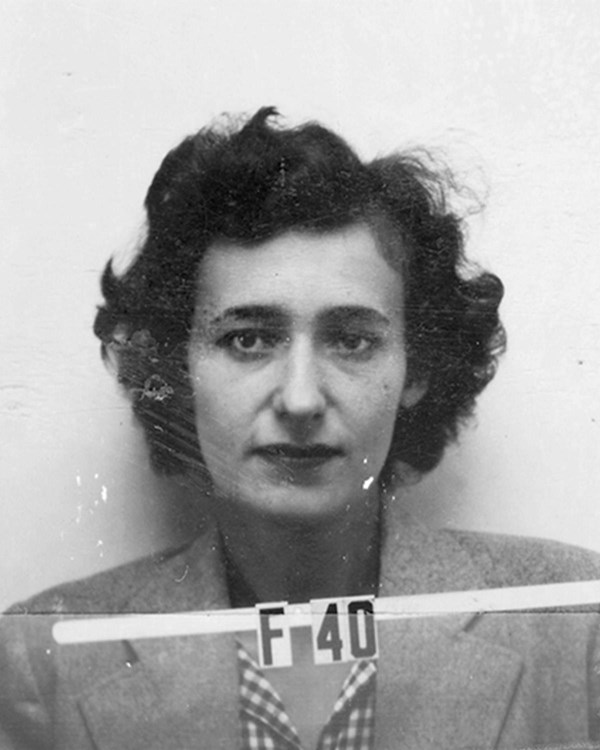Last updated: August 7, 2023
Person
Manhattan Project Scientists: Lilli Hornig

LOS ALAMOS NATIONAL LABORATORY
As with so many of the scientists who worked at Los Alamos during the Manhattan Project, Lilli Schwenk Hornig (1921-2017) had fled her homeland to escape persecution. She was born in Czechia and came to the United States with her family at age 12. She earned her Bachelor’s degree in chemistry at Bryn Mawr.
Her husband, Donald, who was also a chemist, was recruited by George Kistiakowsky to work at the secret laboratory at Los Alamos. There, Lilli initially worked with plutonium, as she said, “fundamental wet research,” determining the solubility of various plutonium salts. When it was discovered that an isotope of plutonium was highly radioactive and thus dangerous to possible pregnancies, she and women co-workers were moved to other projects. Although both she and Donald worked on lenses for the implosion device, Donald was present at Trinity but Lilli and some colleagues watched from a mountaintop many miles away. As she described it: “this mushroom went up in front of us … we knew we were among the first humans to ever see anything like that … boiling clouds and color – vivid colors like violet, purple, orange, yellow, and red.” She was one of many at Los Alamos who signed the petition urging that the atomic bomb be demonstrated in an uninhabited location rather than being used on a populated area with many civilians.
After the war she taught at Brown University while finishing her PhD at Harvard. She was appointed chairwoman of the chemistry department at Trinity College in Washington, DC. and was a “fierce advocate” for women in academia. Lilli served on several distinguished equal opportunity organizations and committees, including being the first director of the Committee on the Education and Employment of Women in Science and Engineering of the National Academy of Science, and Founding Director of Higher Education Resource Services.
